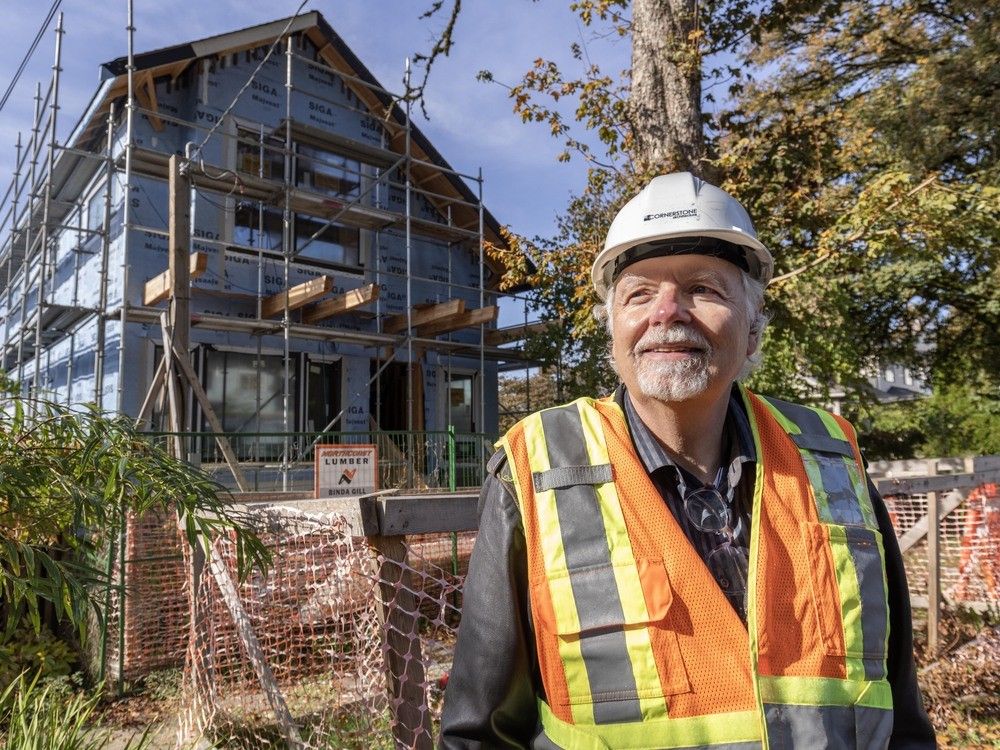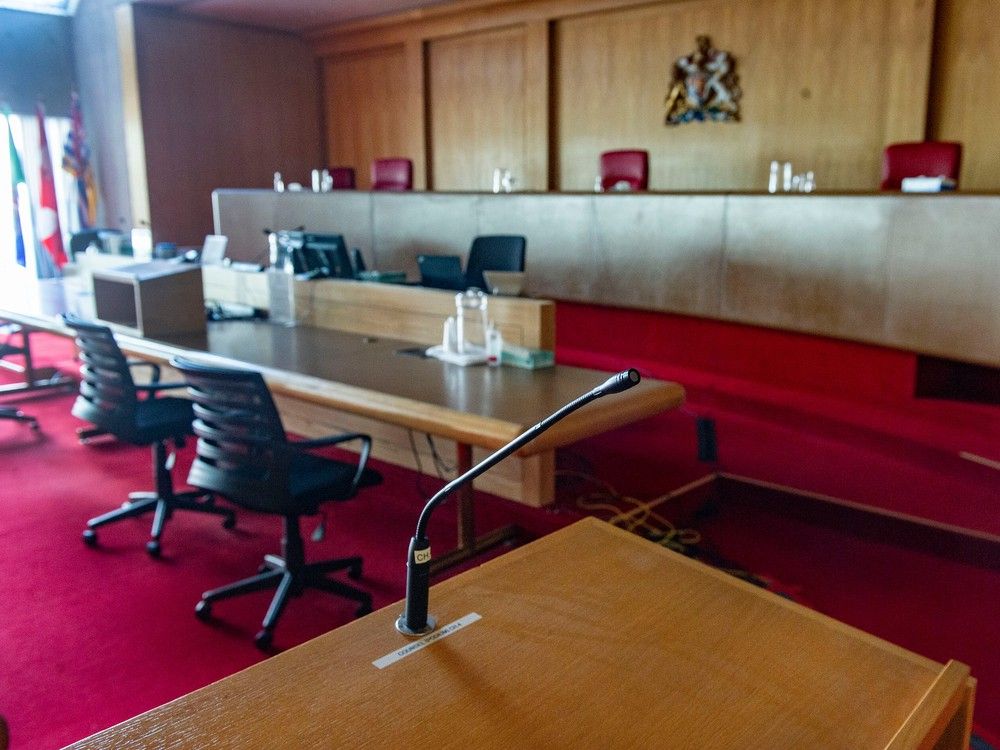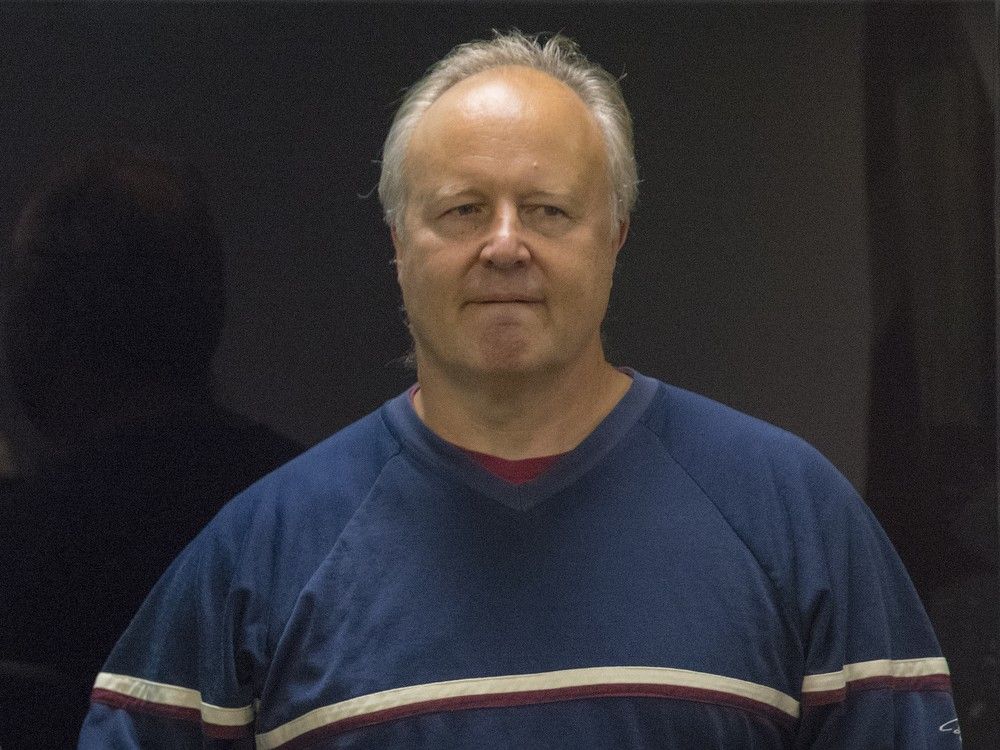Contrary to popular belief, females were already considered persons by 1929. The story of women's suffrage in Canada is far more complex
Published Oct 18, 2024 • Last updated 0 minutes ago • 4 minute read

It is not uncommon for a country to mark the anniversary of women obtaining the right to vote. Not so in Canada, where, instead of commemorating 1917 as the year when women were enfranchised at the federal level, we have Persons Day, which, according to the official mythology, commemorates the 1929 Edwards v. Canada decision of the Judicial Committee of the Privy Council (JCPC) that women are human beings.
Advertisement 2
THIS CONTENT IS RESERVED FOR SUBSCRIBERS
Enjoy the latest local, national and international news.
- Exclusive articles by Conrad Black, Barbara Kay and others. Plus, special edition NP Platformed and First Reading newsletters and virtual events.
- Unlimited online access to National Post and 15 news sites with one account.
- National Post ePaper, an electronic replica of the print edition to view on any device, share and comment on.
- Daily puzzles including the New York Times Crossword.
- Support local journalism.
SUBSCRIBE FOR MORE ARTICLES
Enjoy the latest local, national and international news.
- Exclusive articles by Conrad Black, Barbara Kay and others. Plus, special edition NP Platformed and First Reading newsletters and virtual events.
- Unlimited online access to National Post and 15 news sites with one account.
- National Post ePaper, an electronic replica of the print edition to view on any device, share and comment on.
- Daily puzzles including the New York Times Crossword.
- Support local journalism.
REGISTER / SIGN IN TO UNLOCK MORE ARTICLES
Create an account or sign in to continue with your reading experience.
- Access articles from across Canada with one account.
- Share your thoughts and join the conversation in the comments.
- Enjoy additional articles per month.
- Get email updates from your favourite authors.
THIS ARTICLE IS FREE TO READ REGISTER TO UNLOCK.
Create an account or sign in to continue with your reading experience.
- Access articles from across Canada with one account
- Share your thoughts and join the conversation in the comments
- Enjoy additional articles per month
- Get email updates from your favourite authors
Article content
In fact, Edwards did nothing of the sort. When it was decided in 1929, Canadian women had voting rights at the federal level on the same basis as men, as well as in eight of Canada’s nine provinces (Quebec would hold out until 1940). By 1929, Agnes Macphail had been a federal MP for almost eight years. And three of the Famous Five — the plaintiffs in Edwards — had served in provincial legislatures, one had been a police magistrate and one had served as a cabinet minister in Alberta.
If Canadian law in 1929 did not recognize women as persons, allowing them to serve in most public offices would have been strange. As a matter of fact, the Supreme Court’s initial judgment in the Edwards case, which nobody today seems to have bothered reading, begins with the following remark: “There can be no doubt that the word ‘persons’ when standing alone prima facie includes women.”
What was at stake in Edwards was the far narrower question of whether women could be “qualified persons” for the purpose of being appointed to the Senate under the British North America Act. To be sure, to rule that women were not “qualified persons” for that purpose smacks of sexism. But most of Canada’s men in 1929 were not “qualified persons” either, being under the age of 30 or not owing the requisite $4,000 worth of land. If the Senate discriminated against women, it also discriminated against plenty of other groups, which was after all its true purpose.
By signing up you consent to receive the above newsletter from Postmedia Network Inc.
Article content
Advertisement 3
Article content
Another aspect of the Persons Case that is usually ignored is the fact that Prime Minister Mackenzie King could simply have asked the British Parliament to amend the BNA Act to make clear that women could sit in the Senate, just as they could sit in the House of Commons. Arthur Meighen, the Conservative prime minister, had promised to do so if he won the 1921 election; King made similar promises but failed to live up to them. The British, who did not particularly care about how Canada was run, would likely not have refused. Alternatively, King could simply have appointed a woman to the Senate and dared her colleagues to throw her out.
But King, in time-honoured Canadian fashion, preferred to kick the issue to the judges. Like so many Canadian prime ministers, he had become stuck in the quicksand of Senate and constitutional reform, and did not relish the idea of introducing a small Senate reform when many on the left were clamouring for its abolition. And so, King asked the Supreme Court to deal with the mess, washing his hands of his earlier promise to amend the Constitution.
Advertisement 4
Article content
Another possible factor for King’s decision to send the case to the courts was that several of the Famous Five were Tories — a far greater disability in King’s eyes than their sex. Even after Edwards, none of the group ever became senators. King’s sole female appointment to the upper house was Cairine Wilson, a senior Liberal organizer from Ontario — in other words, a perfect Liberal senator.
If the Persons Case has come to occupy such a central place in Canada’s national mythos, it is in no small part because it provides one of the foundational myths of Canadian judicial power: the idea that only courts, and not legislatures, are able to secure our rights and freedoms. And it was in Edwards that Lord Sankey coined the famous “living tree” metaphor, which has since been abused by Canadian courts in order to assert an unlimited right to reshape the Constitution by judicial fiat, all in the name of the law’s organic growth.
By contrast, the road to women’s suffrage, an objectively far more important achievement for Canadian women than the possibility of being appointed to a club for superannuated political hacks, was also far messier. Prime Minister Robert Borden’s 1917 Wartime Elections Act and the Military Voters Act gave the vote to women in uniform and soldiers’ female relatives, but at the same time disenfranchised most naturalized Canadians from the Central Powers.
Advertisement 5
Article content
A year later, the vote was extended to all women above the age of 21 (excluding those from certain racial and religious groups, as with men). But many Canadian historians never got over their distaste for Borden’s conflation of women’s suffrage, conscription and the era’s messy racial politics. Thus, few Canadians today know much about it.
This should not be the case. Progress is not linear, nor is it always proclaimed, Moses-like, by the Supreme Court’s nine judges. The story of how Canadian women came to become enfranchised, hold the nation’s highest offices and achieve full equality is far too interesting to be reduced to the cipher of the Persons Case, or even the myth that women were not human beings under Canadian law less than a century ago, a slur on a generation that was far more open-minded than most people give them credit for today.
National Post
Yuan Yi Zhu is a Canadian academic and writer at Leiden University.
Recommended from Editorial
-

Leonid Sirota: The Persons Case did not actually rule 'women are persons'
-

Jonathan Kay: Don't let politicians misinform you. Learn about Canada's true history for yourself
Article content
.png)
 2 hours ago
6
2 hours ago
6




































 Bengali (BD) ·
Bengali (BD) ·  English (US) ·
English (US) ·